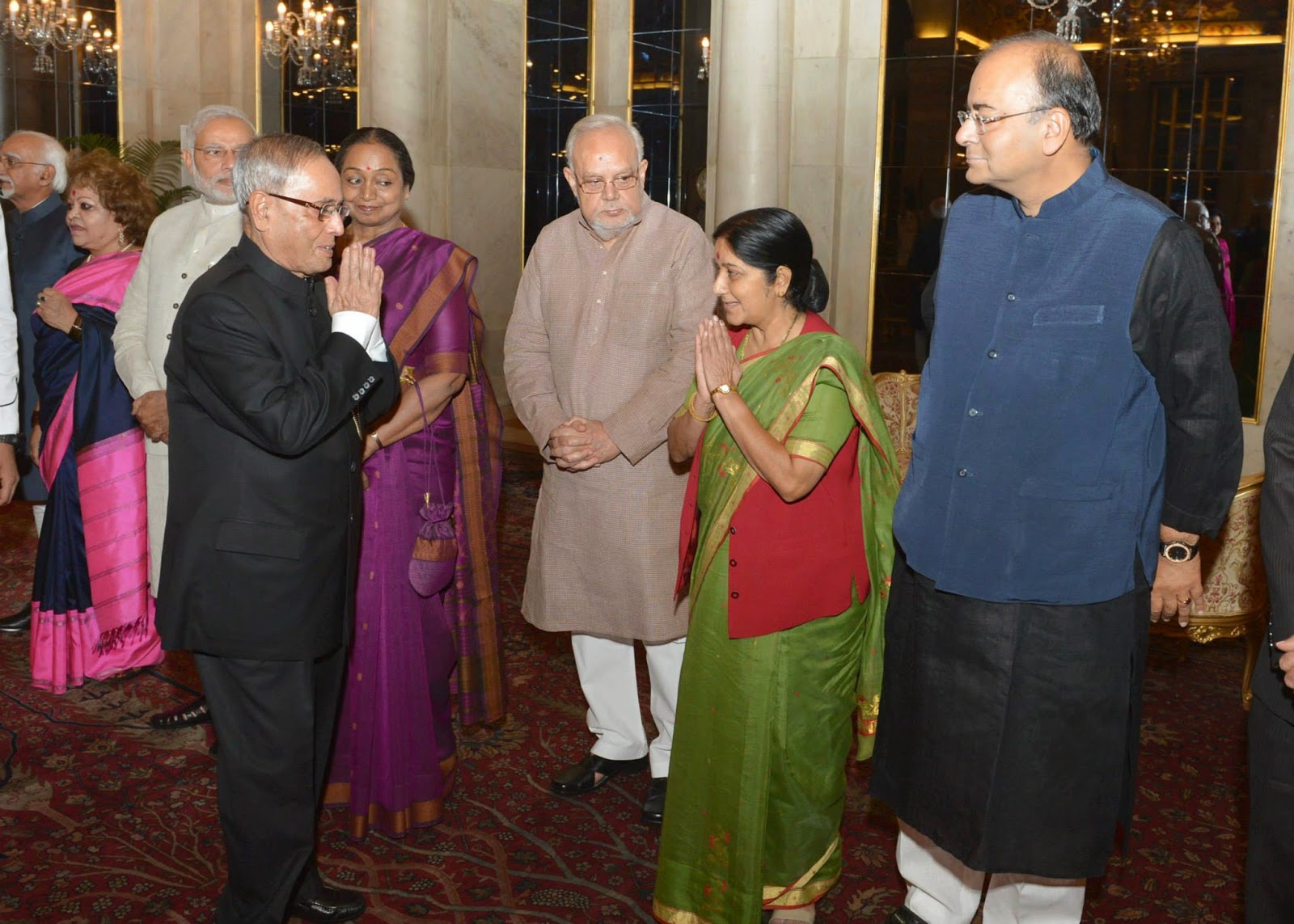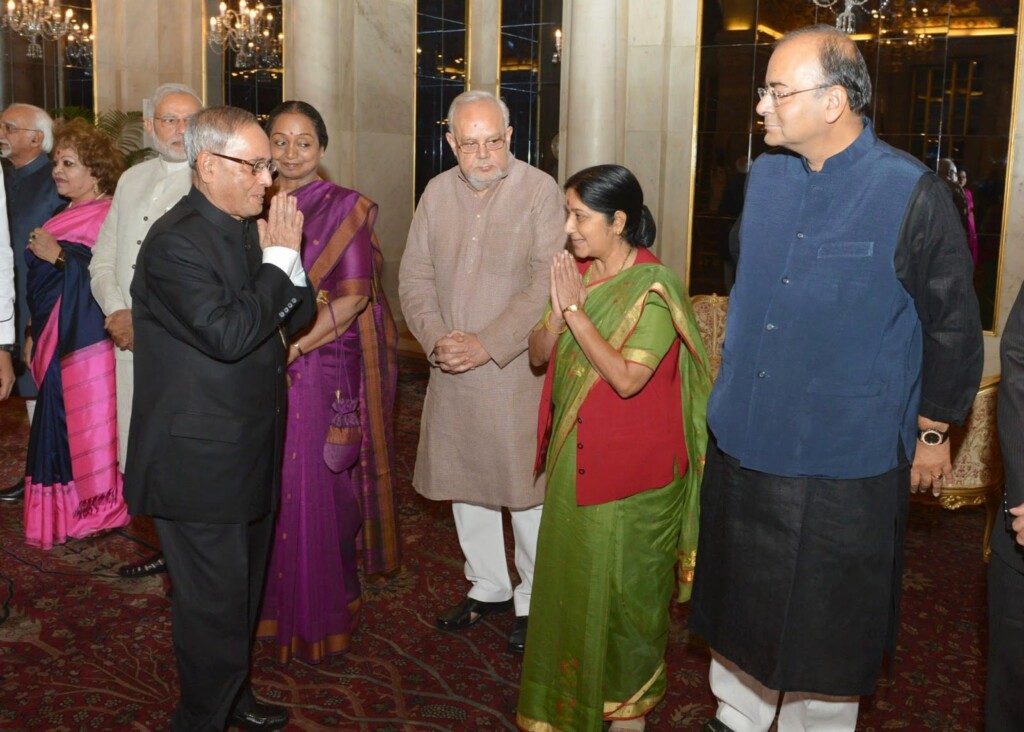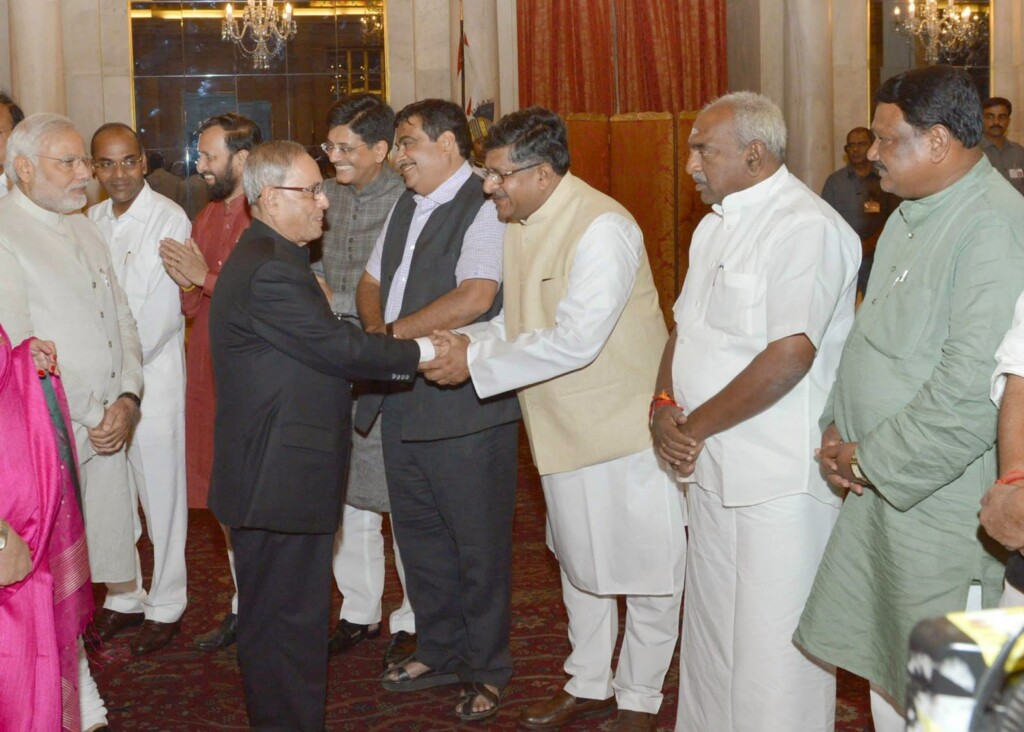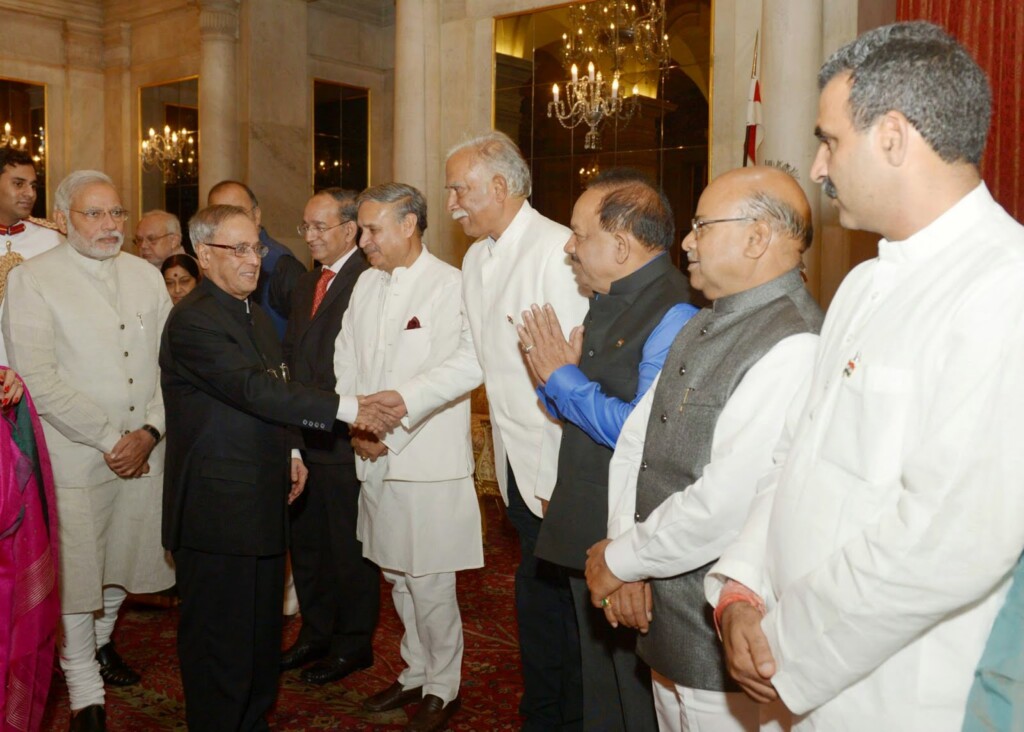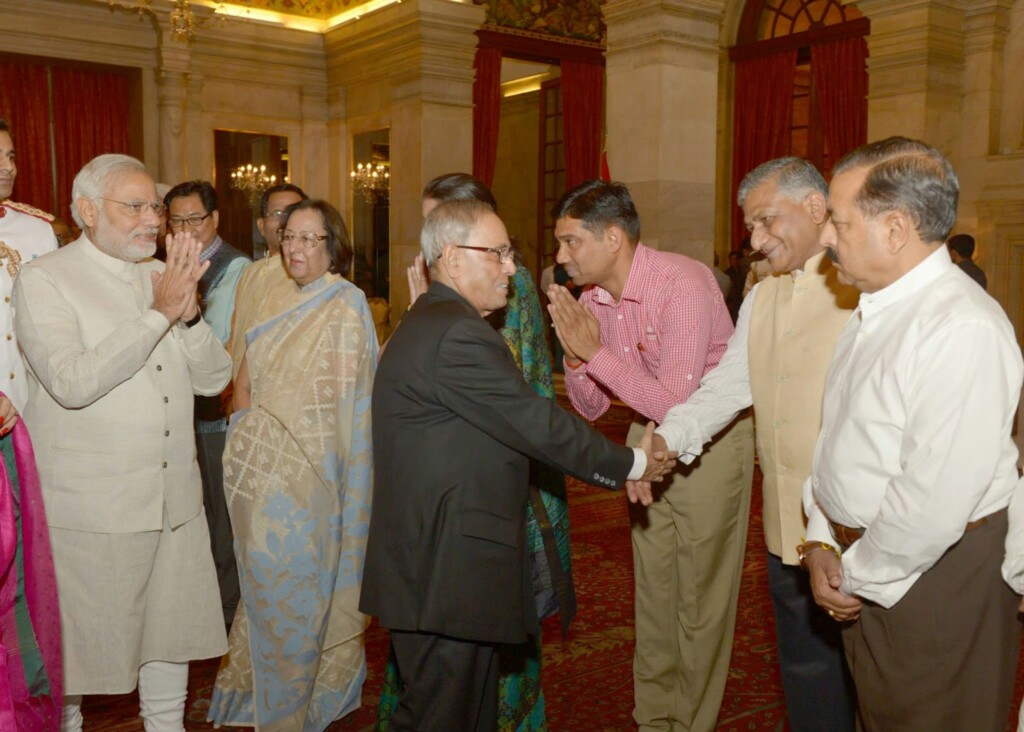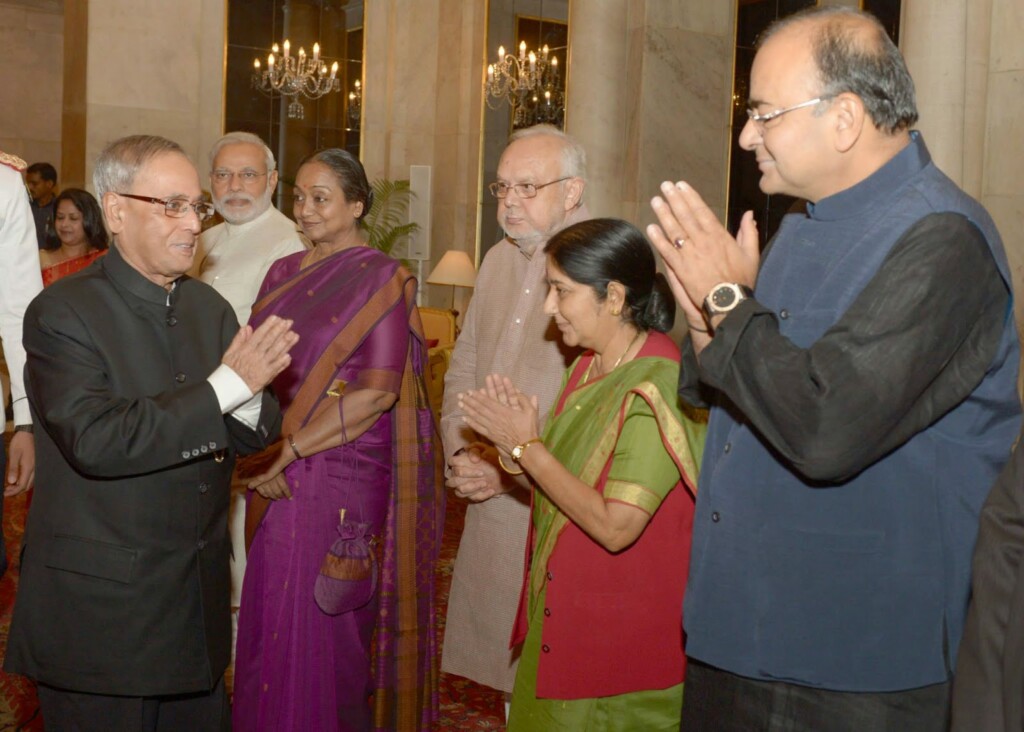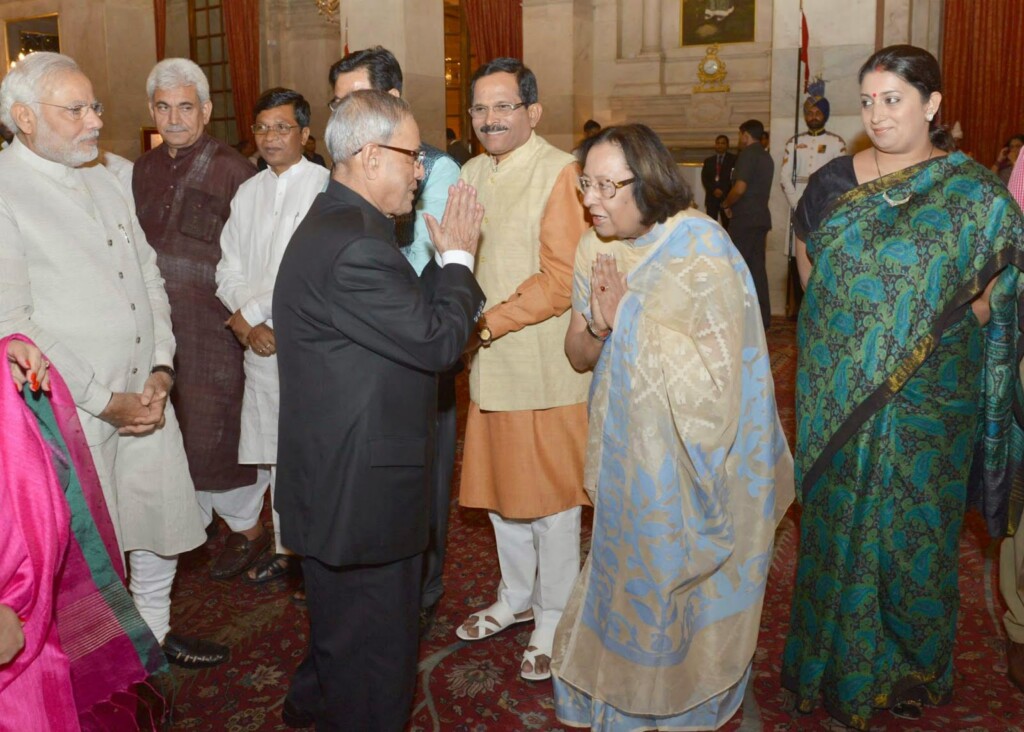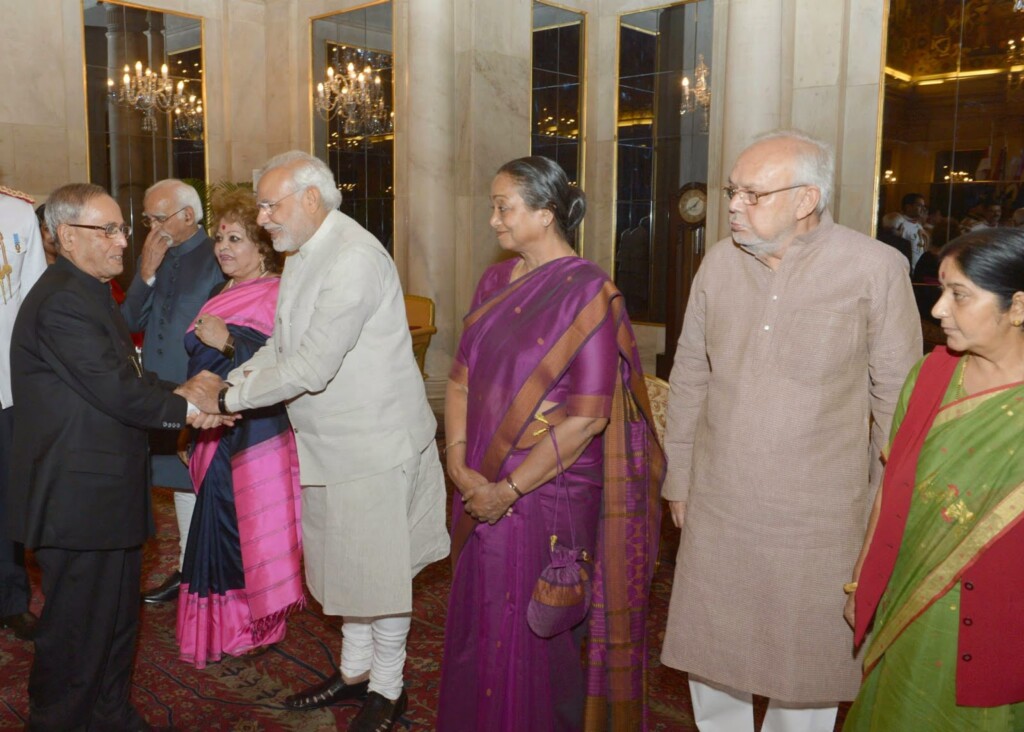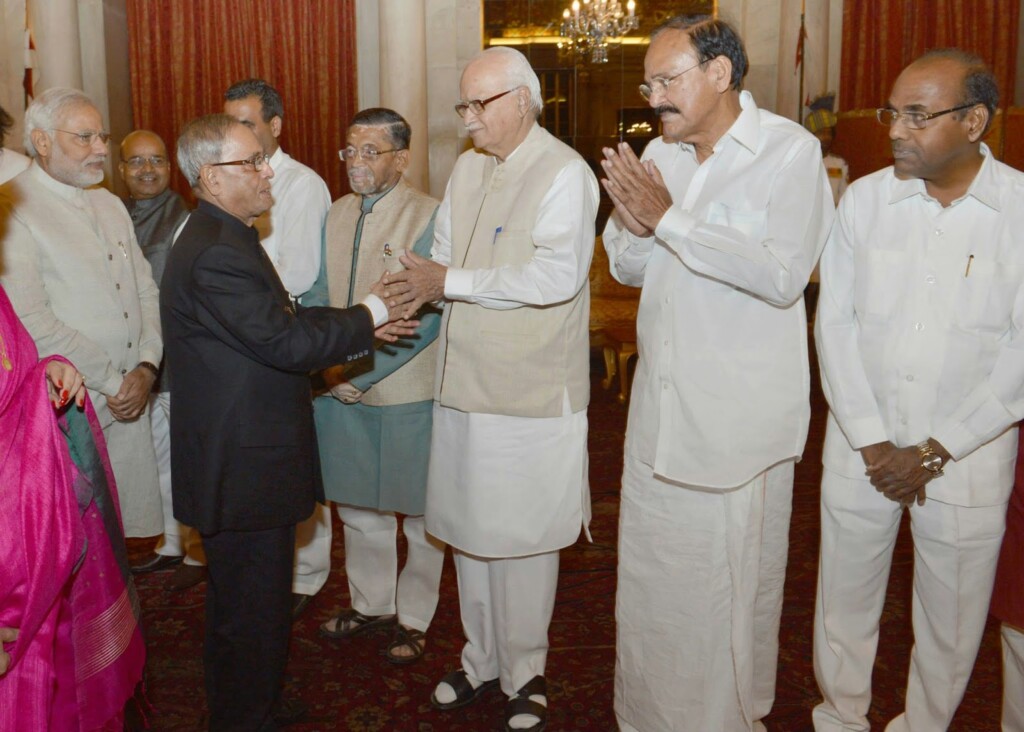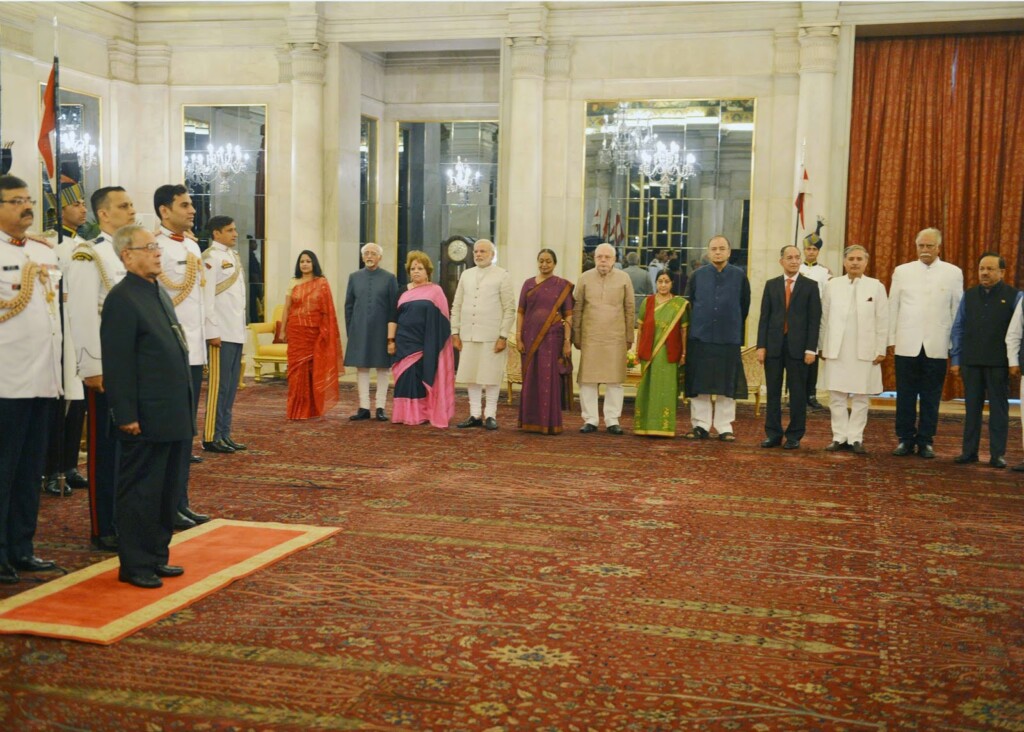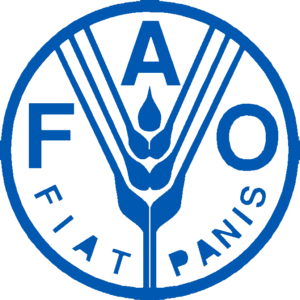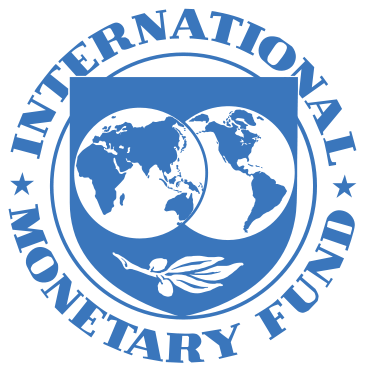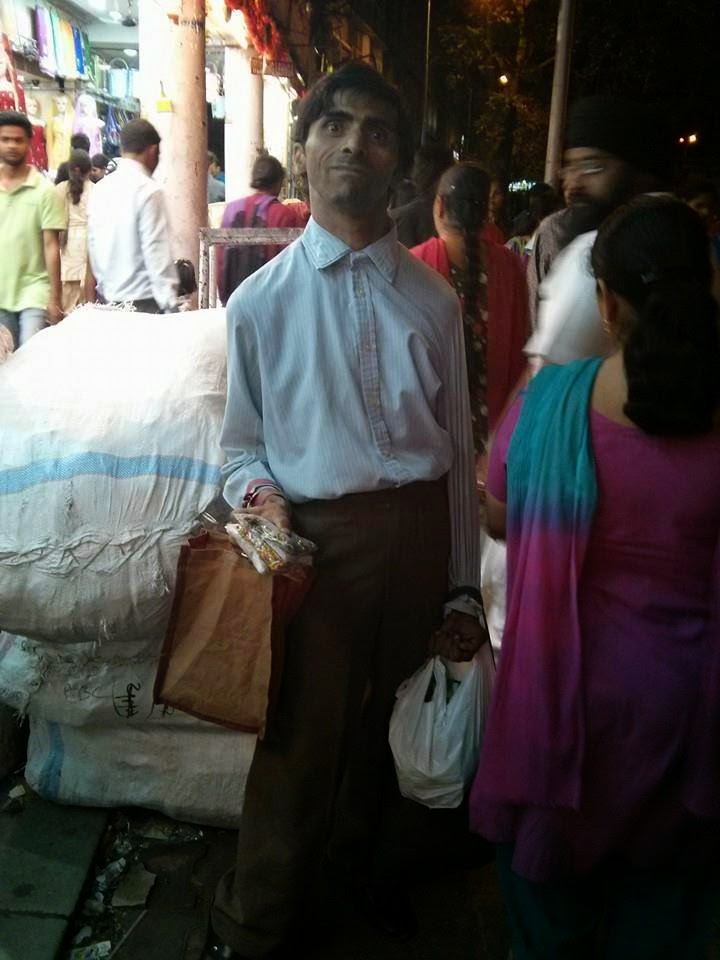Food and Agriculture Organisation (FAO), oldest permanent specialized agency of the United Nations, established on 16 October 1945, in Quebec City, Canada. The objective of FAO was eliminating hunger and improving nutrition and standards of living by increasing agricultural productivity.
From 18 May to 3 June 1943, representatives of 44 governments met in Hot Springs, Virginia, USA, and committed themselves to founding a permanent organization in the fields of food and agriculture. The formal foundation of the Food and Agriculture Organisation, FAO of the United Nations took place in the first session of the FAO Conference in Chateau Frontenac in Quebec, Canada, from 16 October to 1 November 1945.
In 1951, its headquarters were moved from Washington, D.C., United States, to Rome, Italy. The agency is directed by the Conference of Member Nations, which meets every two years to review the work carried out by the organization and to approve a Programme of Work and Budget for the next two-year period. The Conference elects a council of 49 member states (serve three-year rotating terms) that acts as an interim governing body, and the Director-General, that heads the agency.
In May–June 1905, an international conference was held in Rome, Italy, which led to the creation of the International Institute of Agriculture. As of 8 August 2013, FAO has 194 member states, along with the European Union (a “member organization”), and the Faroe Islands and Tokelau, which are associate members.
FAO is composed of seven departments
- Administration and Finance
- Agriculture and Consumer Protection
- Economic and Social Development
- Fisheries and Aquaculture
- Forestry
- Natural Resource Management and Environment
- Technical Cooperation
Function of FAO
- The function of the FAO is to lead international efforts to defeat hunger, contributing to an expanding world economy by promoting sustainable rural development with emphasis on the poorest farmers, promoting food production and self-reliance, and raising nutrition levels.
Objectives of FAO
The main objectives of the FAO are:
- Putting information within reach
- Sharing policy expertise
- Providing a meeting place for nations
- Bringing knowledge to the field
FAO is governed by the Conference. Every two years, representatives of all members meet at the FAO Conference. The Conference elects a smaller group of 49 member countries, known as the Council, to serve three-year rotating terms to govern the Organization’s activities. The Conference also elects a Director-General to a six-year term.


